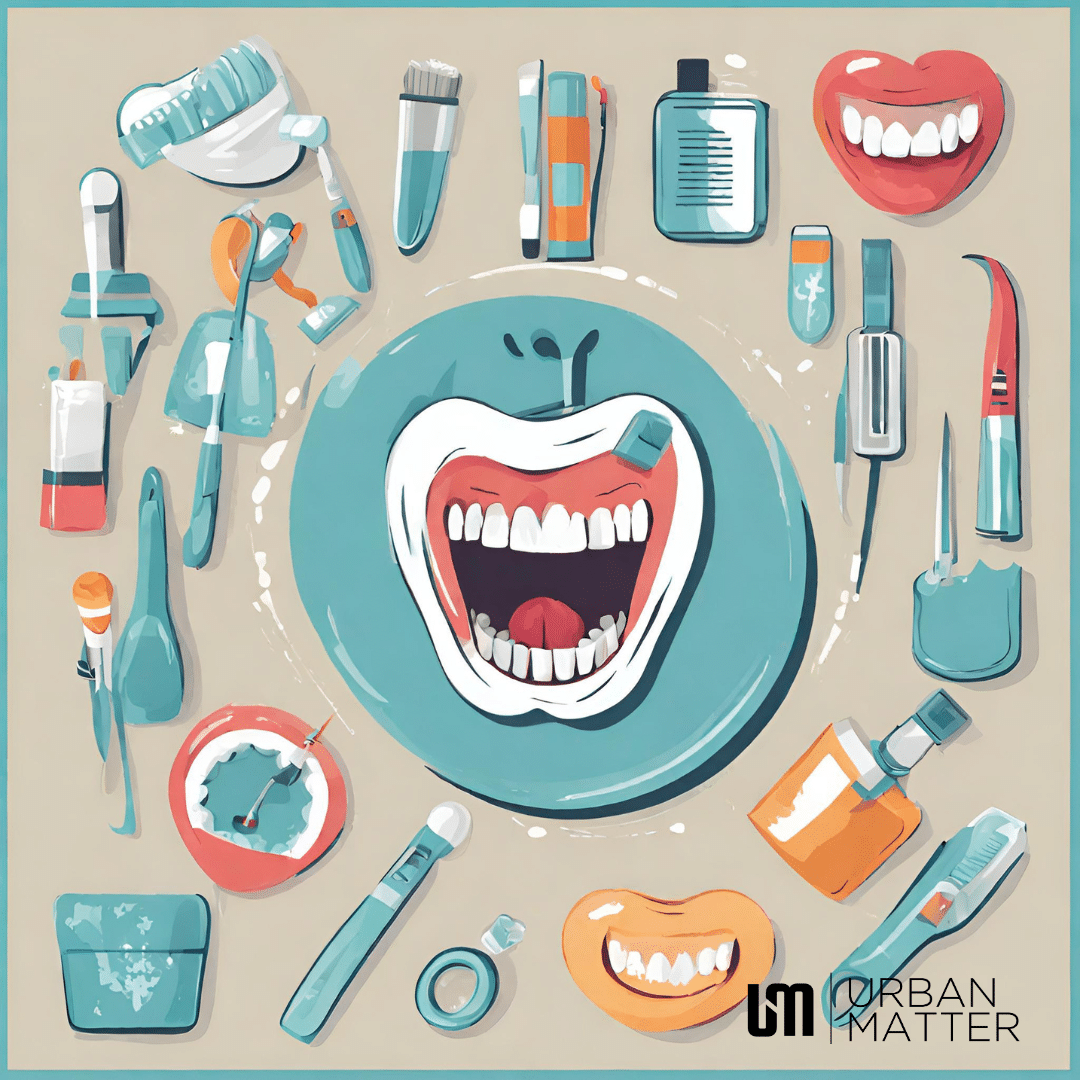Table of Contents
It’s no secret that providing dental care to the underserved can feel like an impossible challenge. Whether it’s geographic disparities, cultural barriers, or lack of access to resources, myriad issues prevent communities from receiving quality oral health services. This is especially true for those living in rural areas and low-income populations who do not have the means or insurance coverage necessary for proper treatment. Yet, with creative solutions and increased awareness, hope is on the horizon. By improving access to dental care for underserved communities, we can begin laying a foundation for better overall health and well-being across society. Industry expert John Margerison looks at how the increased availability of dentistry services could be economically and socially beneficial. Alongside strategies that healthcare providers might use to improve access to these much-needed treatments.
Identifying Access Challenges
Access to dental care can be a daunting challenge for millions of Americans, particularly those in underserved communities. Inadequate access to affordable dental care in these communities can lead to many oral health problems, including tooth decay, gum disease, and permanent tooth loss. The lack of dental care access is due to different reasons, such as limited resources, low dental health literacy, and high poverty levels. The barriers to dental care access require multiple efforts from governments, organizations, and individuals to tackle this growing issue. The challenge requires innovative strategies to provide access to quality dental care where it is needed most, regardless of economic background or social status. Identifying access challenges and finding ways to support oral health services is critical in the fight against inequality in dental care.
Reaching Out To Local Providers
In the healthcare industry, building networks and partnerships with local providers is crucial for offering comprehensive and quality care to patients. But how do you reach out to potential providers in your area? John Margerison explains that one of the most effective strategies is to attend local healthcare conferences and events. These gatherings provide an opportunity to meet and connect with industry professionals. You can learn about trends and developments in healthcare. Another strategy is to leverage social media platforms to engage with potential providers and share your organization’s mission and values. By seeking out and building relationships with local providers, you can enhance the quality and accessibility of patient care in your community.
Establishing Financial Assistance Programs
As dental care costs continue to rise, more and more people find it difficult to afford necessary treatments. However, establishing financial assistance programs can help alleviate the burden on individuals and families. These programs can come in various forms, such as sliding scales based on income or subsidies for those with certain medical conditions. By providing affordable dental care, individuals can maintain their oral health without choosing between paying bills and seeking necessary treatment. Improved dental health can lead to better overall health and quality of life, making the benefits of financial assistance programs immeasurable.
Exploring Innovative Models of Care Delivery
The issue of delivering dental care in underserved areas has been an ongoing concern for many communities. Despite initiatives to address the issue, access to dental care for many remains limited. John Margerison says that innovative approaches to care delivery may help fill this gap. Exploring new models of care delivery could be the solution to this problem. By incorporating innovative ideas and technology, there is potential to improve access to dental care in underserved areas. These new care delivery models could help dental professionals provide high-quality services more efficiently and effectively. With a focus on technology and innovation, there’s hope for individuals in underserved areas to receive the dental care they need.
Examining Local Regulatory Frameworks
Access to dental care is an essential human right that can impact a person’s overall health and well-being. In many cases, laws and regulations at the local level can greatly influence a patient’s ability to access dental services. Examining local regulatory frameworks is an important step in identifying barriers to care and developing solutions to improve access for everyone. By analyzing these laws and regulations, we can better understand what works and needs improvement in our communities. Whether it’s restrictions on who can provide dental services or a lack of funding for preventive care programs, there are many factors to consider when examining local regulatory frameworks. Ultimately, our goal should be to create a more equitable and inclusive system that ensures everyone has access to the dental care they need to live healthy, happy lives.
Understanding Different Cultures And Communities
Access to healthcare can vary vastly between different cultures and communities, and when it comes to dental care, the differences can be particularly stark. Many factors can impact access to dental services, including financial considerations, language barriers, and even attitudes towards oral hygiene. A culturally sensitive approach to dentistry is important to address these disparities better. That might involve tailoring dental services to meet the needs of specific communities, working to bridge language gaps, or building trust and rapport with patients from different cultural backgrounds. By taking these steps, we can ensure everyone can access the dental care they need and deserve.
Final Thoughts
Adequate access to dental care is essential for a healthy society. To promote equitable and sustainable access, it is critical to find innovative solutions that consider the unique circumstances of people in underserved communities who may be facing barriers. This involves identifying ways of connecting with local providers and establishing financial assistance programs, exploring innovative care delivery models, examining local regulatory frameworks, and understanding different cultures and communities. All stakeholders – including the government, health providers, insurers, community members, and individuals – are responsible for protecting our collective health and well-being and continuing to assess ways to improve access to quality dental care. For those interested in taking action in their communities, there are numerous organizations with resources to get started – from volunteer opportunities to advocacy initiatives. The clock is ticking – now it’s time to work together towards improving access for all!


